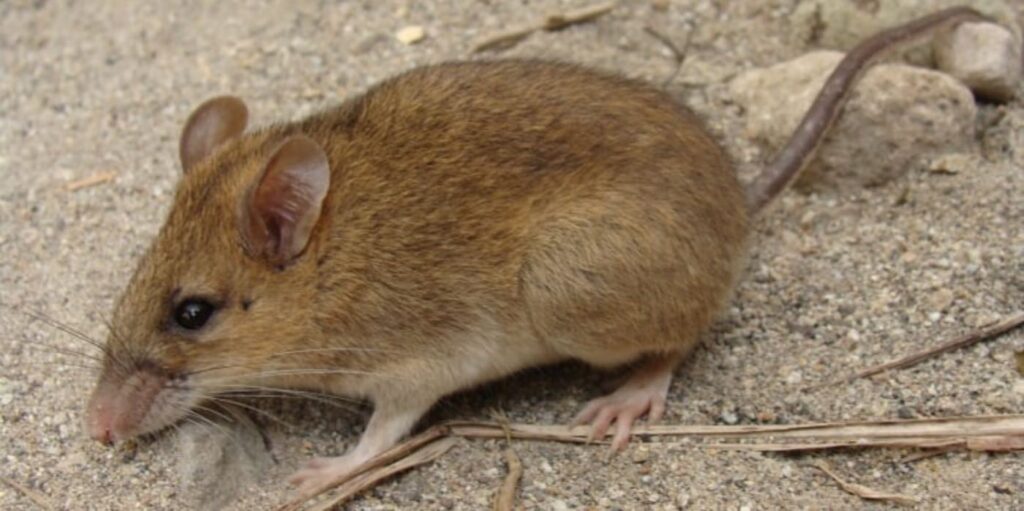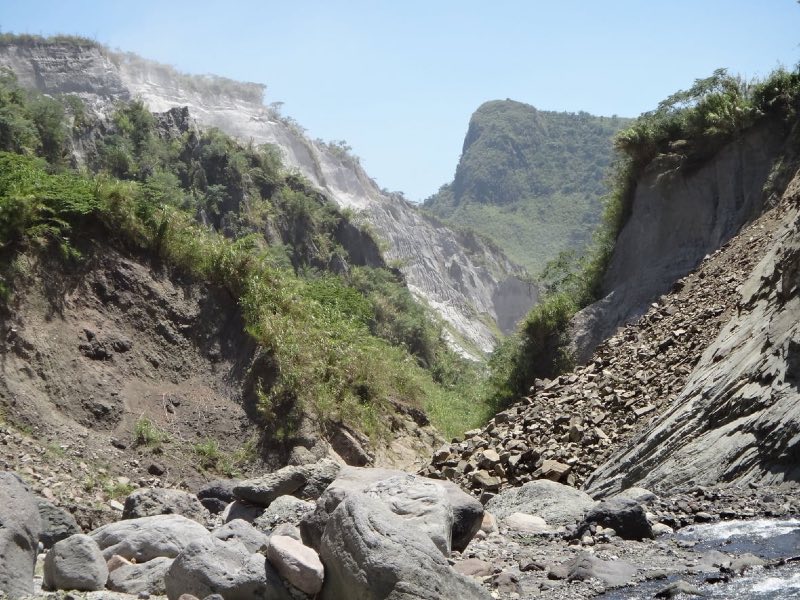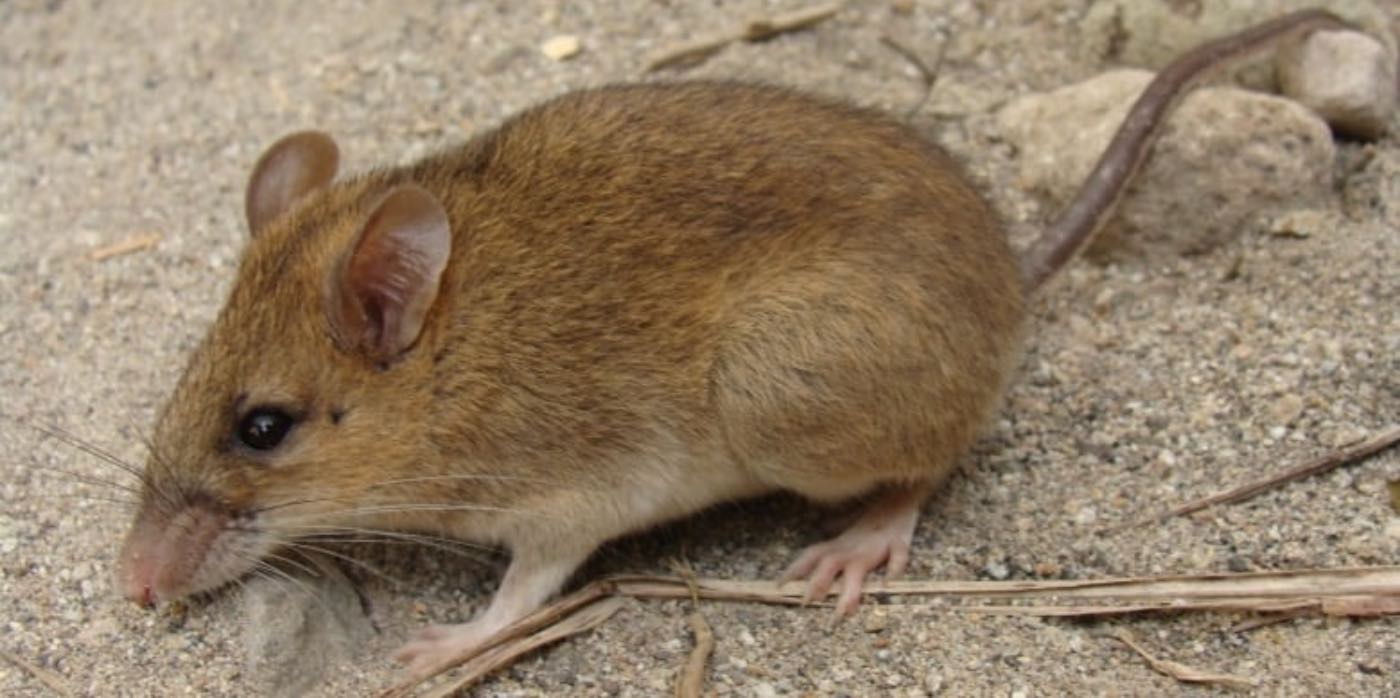A small mouse found to live only on and surrounding a volcano in the Philippines has seemingly remained unscathed after the mountain exploded in what was the largest eruption in the 20th century.

Details on the long-nosed Luzon apomys are scant in good times, but after surveying the damage the eruption caused to the ecosystem, it was presumed they would have mostly vanished.
Much to Erik Rickart’s surprise, the apomys, sometimes called the Mount Pinatubo volcano mouse, is doing just fine.
Rickart works at the splendid Museum of Natural History in Utah, and after the 1991 Mount Pinatubo eruption that caused a typhoon, earthquake, devastating land and mudslides, and ash rain which fell almost an inch thick across 1,500 square kilometers, he was quite content to consign the apomys to history.
“It was a surprise,” Rickart recounts on CBC’s As it Happens. “But then when we thought about it—and particularly when we put together the things we knew in general about the kind of environment that has existed during the evolutionary history of all of the animals of the Philippines and the plants as well—it makes sense.”
“Even though the 1991 eruption of Pinatubo was devastating and destroyed most of the forest on the mountain, it was actually very mild, or at least, it was not as intense as previous eruptions that had occurred during the geological history of the mountain. And there were several of them,” he said.
To us humans, a big volcanic eruption may seem like a world-ending event, and in our early history, around 75,000 years ago, there are suggestions that the Lake Toba supervolcano went off with such incredible violence that the resulting geological and climatic disturbances nearly caused our species to die off.

The theory is controversial, as are most narrative-challenging scientific theories.
CHECK OUT: Embryos Created at Christmas Are Viable—Raising Hopes For the 2 Remaining Northern White Rhinos
Unlike us, though, tiny rodents can likely survive such conditions more readily, since they eat plants or insects, require less water, and live underground.
It’s thought that a group of small rodents were among the few animals that survived the comet impact which wiped out the dinosaurs, and that they gradually evolved into all the mammals we see today.
The long-nosed Luzon apomys’ resilience is a great discovery as scientists begin to speculate on how biodiversity will cope with our changing climate. Some species are evolved to deal with massive disturbances, giving them a bit of a cushion as we attempt to reduce our impact on the planet.
MORE: Salmon Spawning for the First Time in 80 Years in the Upper Columbia River
Evidently then, sometimes in evolution, it pays to be small.
HEAT UP Your Friends’ News Feeds—Share This Story…




















